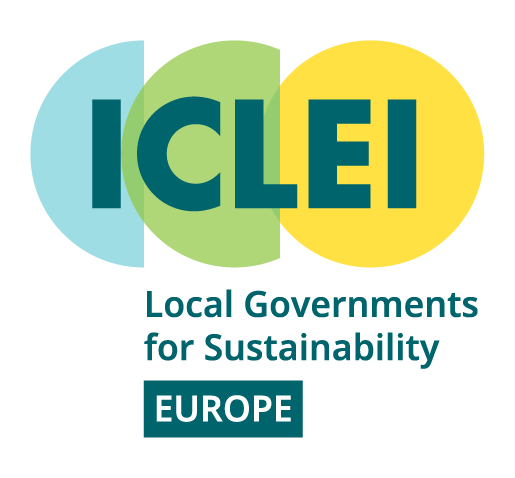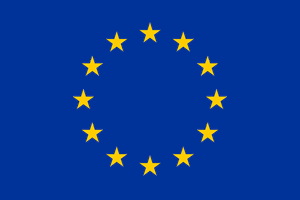Health concerns
Wind energy social acceptance may be very low when residents feel their health menaced if a wind farm is built within their community territory. Such concerns may stop wind farming development from the very construction phase, so market actors need to be aware of the factors that may be a source of distress to the community and operate actively to diminish real and perceived impacts.
The most common causes for health concerns are noise, shadow flickers, operational risks, such as fires or ice from rotor blades, and finally exposure to electromagnetic fields.
On the one hand, innovation technology, such as low noise emission rotators and anti-reflective coating, can certainly help in reducing health hazards. On the other, visual impacts and noise pollution is efficiently dealt with appropriate setback distances, that can be established in the planning phase, during the permitting/authorization process, and may be part of the Environmental Impact Assessments (EIA, 2011/92/EU).
Finally, if perceived health impacts exceed real health hazards, transparent communication or educational initiatives may play a relevant role in fostering a more pragmatic attitude among residents. Demo sites or educational facilities within the community territory can provide the necessary response to these concerns. See best practice.
Find out more
The WinWind project identified the most common causes for health concerns as possible barriers to wind energy social acceptance. Here below further readings.
Concepts and social acceptance issues
Taxonomy of social acceptance drivers and barriers pages 13,20,29
Health and wellbeing related concerns of wind energy plant in literature
Technical and socio-economic conditions pages 11, 31-35
Noise regulations in the six partner countries
Screening of Technical and Non-Technical regulations, guidelines and recommendations pages 7-11
Shadow-flickers regulations in the six countries analysed
Screening of Technical and Non-Technical regulations, guidelines and recommendations pages 9-11
















